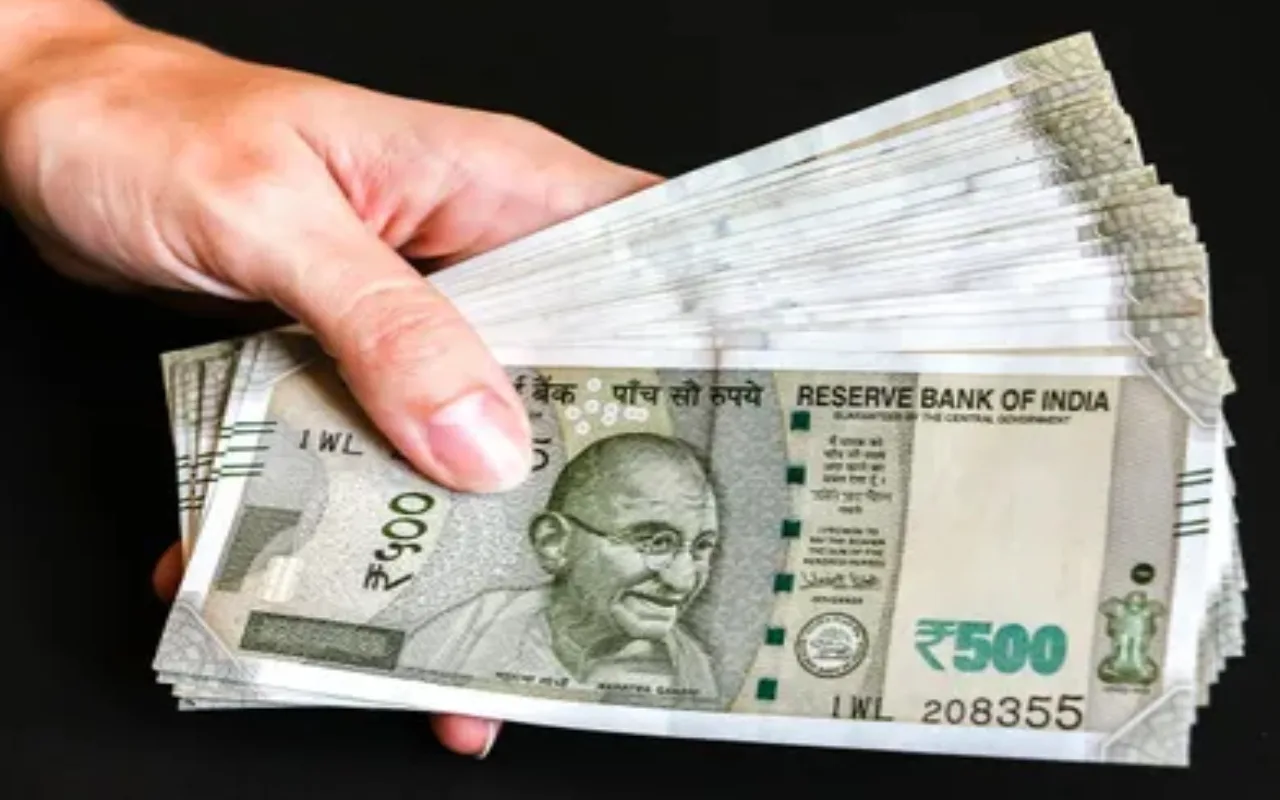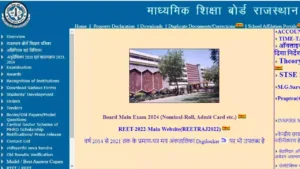With the growing popularity of online banking, a crucial question arises: which institutions prioritize security the most? While pinpointing a single “safest” bank might be challenging, understanding the security measures employed by various institutions and adopting individual vigilance are key aspects.
Demystifying Online Bank Security
Financial institutions implement a comprehensive security framework to safeguard customer information and transactions. Here are some prominent security measures:
- Encryption: Banks utilize robust encryption technologies to scramble sensitive data during transmission, rendering it unreadable to unauthorized individuals.
- Multi-Factor Authentication (MFA): This adds an extra layer of security by requiring users to verify their identity beyond just a username and password. This could involve one-time codes, fingerprint scans, or facial recognition.
- Fraud Monitoring: Banks constantly monitor account activity for suspicious patterns and may alert customers or temporarily restrict transactions if potential risks are detected.
Evaluating an Online Bank’s Security Posture
While regulatory bodies enforce baseline security standards, individual banks often go the extra mile to fortify their defenses. Here’s how to assess an online bank’s security approach:
- Two-factor Authentication: Look for banks that offer robust MFA options and make it mandatory for all login attempts.
- Data Encryption Standards: Inquire about the encryption strength used by the bank to protect your information.
- Security Certifications: Check if the bank adheres to recognized security standards and protocols established by independent organizations.
- Customer Reviews and Brand Reputation: Research online reviews and the bank’s overall reputation regarding security incidents and customer satisfaction.
Important to Remember:
- Shared Responsibility: Financial institutions invest heavily in security, but user vigilance plays a vital role. Be cautious of suspicious emails or calls, avoid clicking on unverified links, and maintain strong passwords.
- FDIC Insurance: For additional peace of mind, ensure the online bank is FDIC-insured. This safeguards your deposits up to a specific limit in case of bank failure.
Beyond the Bank: Cultivating Secure Online Banking Habits
While banks prioritize security, adopting individual best practices is crucial:
- Strong Passwords: Create complex passwords using a combination of uppercase and lowercase letters, numbers, and symbols. Avoid using the same password for multiple accounts.
- Beware of Phishing Attempts: Be wary of emails or messages urging you to click on links or divulge personal information. Legitimate banks won’t ask for sensitive details via email.
- Regular Monitoring: Regularly review your account activity for any unauthorized transactions and report discrepancies immediately.
Conclusion
Determining the absolute “safest” online bank can be subjective. However, by prioritizing factors like robust MFA, strong encryption, and a commitment to industry best practices, you can select a reliable institution. Remember, staying informed, adopting secure practices, and maintaining a healthy dose of skepticism are vital aspects of safeguarding your finances in the online world.














